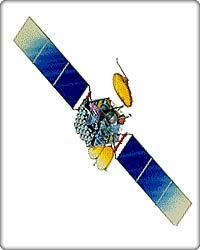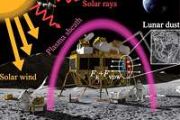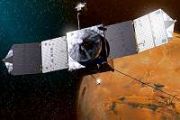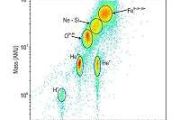The Boeing 601 satellite is a body-stabilized geostationary satellite.
The Boeing 601 was introduced in 1987 to meet anticipated requirements for high-power, multiple-payload satellites for such applications as direct television broadcasting to small receiving antennas, very small aperture terminals for private business networks, and mobile communications. The basic configuration features as many as 48 transponders and offers up to 4,800 watts.
A more powerful version, the Boeing 601HP, made its debut in 1995. The HP versions can carry payloads twice as powerful as the classic Boeing 601 models, through such innovations as gallium arsenide solar cells, advanced battery technology, and an optional xenon ion propulsion system. The 601HP features as many as 60 transponders and provides up to 10,000 watts.
All Boeing 601 spacecraft use the same basic bus design, enabling Boeing to realize efficiencies gained by production volume, tooling investments and quantity buys.


































































